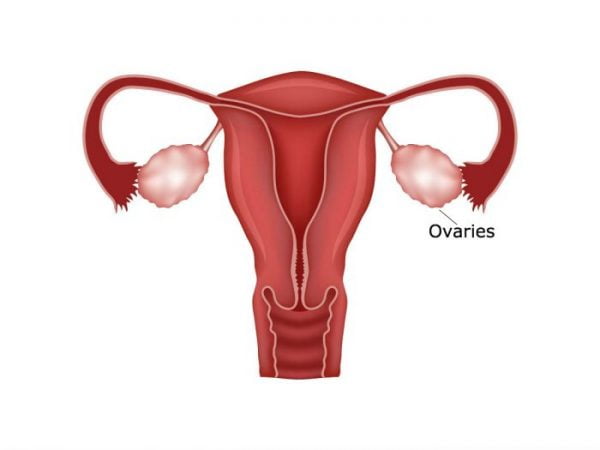ABOUT FEMALE STERILIZATION
Female sterilization, also referred to as tubal ligation, is a surgical procedure performed to sterilize a woman. The procedure is performed on patients who do not want to have children and involves blocking off the fallopian tubes to prevent eggs from moving from the ovaries to the uterus, in turn preventing pregnancy.
Patients who choose to undergo the procedure should be sure that they do not want to have children, as while the procedure can be reversed, it may not always be successfully revered.
There are 2 different methods of performing the surgery, tubal occlusion and hysteroscopic sterilization. Tubal occlusion involves closing off the fallopian tubes using tubal clips, ties or rings, whereas hysteroscopic sterilization, which uses Adian or Essure systems, involves inserting implants to block off the fallopian tubes. The procedure is usually performed under a general anesthetic.
Tubal occlusion is the most common type of surgery performed as many patients who have undergone hysteroscopic sterilization have experienced a number of side effects such as pain and bleeding afterwards, and the procedure is difficult to reverse due to the scar tissue, which builds up in the fallopian tubes.
After the surgery, patients will continue to have their period as they normally would. While the procedure is 99% effective in preventing pregnancy, patients remain unprotected from STI’s, meaning condoms should still be used.
Recommended for
- Patients who want a permanent form of contraception and who do not plan to have children in the future
TIME REQUIREMENTS
- Number of days in hospital: 1.
Patients are usually discharged on the same day as the surgery.
- Average length of stay abroad: 3 – 5 days.
- Number of trips abroad needed: 1.

COMPARE FEMALE STERILIZATION PRICES AROUND THE WORLD
| Country | Cost |
|---|---|
| Mexico | 5204€ |
| United States | 4800€ |
| Turkey | 2477€ |
| United Arab Emirates | 1794€ |
| Germany | 1742€ |
HOW TO FIND QUALITY TREATMENT ABROAD
[/fusion_text]
BEFORE FEMALE STERILIZATION ABROAD
Before the procedure, patients will meet with the doctor to discuss the procedure and will have an opportunity to ask any questions or raise any concerns that they may have.
If undergoing tubal occlusion surgery, then the surgeon will usually advise to refrain from eating and drinking in the hours preceding the surgery, in order to prepare for the general anesthetic.
HOW IS IT PERFORMED
The patient is administered with a general anesthetic and the surgery will then begin.
In performing tubal occlusion surgery, the surgeon will likely perform the surgery laparoscopically. Laparoscopic surgery involves making a number of small incisions in the abdomen, through which a laparoscope that is fitted with a camera and light is inserted. Small surgical tools are attached to the laparoscope via the incisions and the surgeon will then begin the surgery by making an incision in the abdomen to access the fallopian tubes. The tubes are then blocked by applying either clips or rings to seal off the tubes, or by tying the tubes. Once complete, the surgeon will remove the surgical instruments and close the incisions with sutures.
Hysteroscopic sterilization is performed under a local anesthetic by inserting a hysteroscope through the vagina and into the fallopian tubes. The implants are guided to the fallopian tubes through the hysteroscope and put into place. The implants cause scar tissue to form in the fallopian tubes, which causes a blockage. This type of female fertilization does not require any incisions. After hysteroscopic sterilization, patients will need to use another form of contraception for the first 3 months after the procedure, as it takes some time for the scar tissue to form.
Anesthesia
General or local anesthetic.
Procedure duration
The Female Sterilization takes 30 to 40 minutes.

WHAT TO EXPECT AFTER FEMALE STERILIZATION
Post procedure care
Patients may need to still use other methods of contraception for the first 3 months after the surgery, depending on if hysteroscopic sterilization was performed.
Possible discomfort
Patients may experience pain in the abdomen and some vaginal bleeding in the hours after the surgery.
IMPORTANT THINGS TO KNOW ABOUT FEMALE STERILIZATION
Success rates
The procedure is 99% effective in preventing pregnancy.
Not recommended for
- Patients who want to have children in the future, as the procedure cannot always be reversed
Potential risks
- Bleeding
- Infection
- Damage to surrounding organs
- The tubes may rejoin
- Pregnancy (in rare cases, pregnancy may occur)















